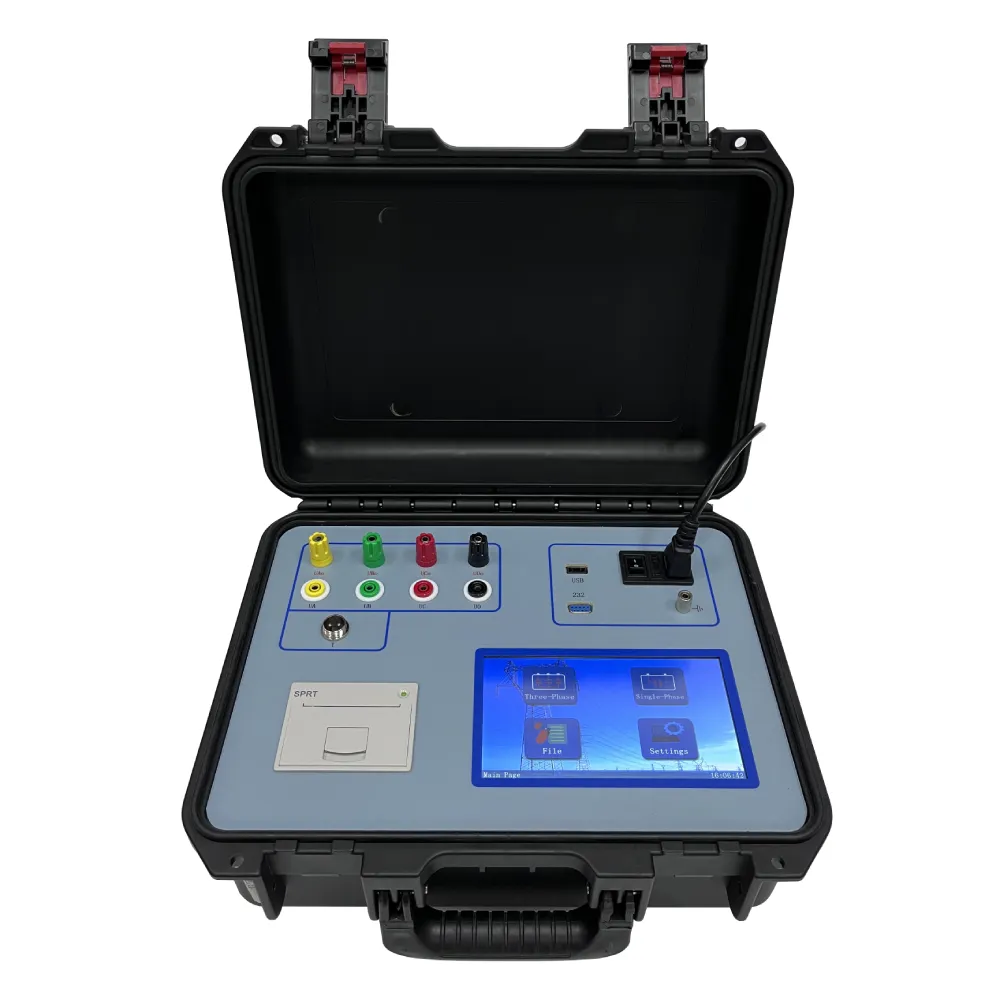 English
English


Understanding Generator Overcurrent Protection with Relay Systems for Enhanced Safety and Efficiency
Understanding Generator Over Current Relay A Critical Component for Generator Protection
In the world of electrical engineering, the reliability and safety of power generation systems are paramount. One of the essential components in ensuring the safe operation of generators is the over current relay. Understanding its function, operation, and significance can help prevent costly damages and maintain the integrity of power systems.
What is a Generator Over Current Relay?
A generator over current relay (OCR) is a protective device designed to monitor the current flowing from a generator to the electrical grid or load. Its primary function is to detect conditions of excessive current that may occur due to faults, overloads, or other irregularities. When the relay senses that the current exceeds a predetermined threshold, it initiates a response to protect the generator and connected systems.
How Does it Work?
The operational principle of an over current relay revolves around measuring the current in the generator circuit. Typically, the relay incorporates current transformers (CTs) that step down the high current levels to manageable values compatible with the relay's internal circuitry. When the current surpasses the set limit, the relay activates an alarm or initiates a trip mechanism, effectively disconnecting the generator from the load.
Over current relays can be classified into two main types instantaneous and time-delay. Instantaneous relays respond immediately when the current exceeds the preset level, making them suitable for high-speed fault conditions. In contrast, time-delay relays provide a short delay before tripping, which is useful in situations where temporary current surges may occur, such as during motor starts.
generator over current relay

Importance of Over Current Relays
The importance of using an over current relay cannot be understated. One of the primary motivations for incorporating these devices is to protect generators from overheating and potential damage due to excessive current flow. Without proper protection, generators can suffer from insulation breakdown, rotor damage, or even catastrophic failures that lead to costly repairs or replacements.
Additionally, over current relays contribute to system stability. In case of a fault, they help isolate the troubled section of the circuit, preventing the issue from propagating through the entire system. This selective tripping helps maintain the overall integrity of the electrical network, ensuring that other generators and equipment continue to operate effectively.
Implementation and Coordination
When implementing an over current relay system, careful coordination with other protective devices is crucial. This coordination minimizes the risk of unwanted trips and ensures that the correct order of tripping occurs in a cascade effect during faults. For instance, upstream protection relays should be set to operate at higher current levels than the generator's over current relay. This step ensures that in the event of a fault, the generator is disconnected before any other protective devices, preventing damage to the generator.
Conclusion
In summary, a generator over current relay serves as a key protective mechanism in electrical power systems. By effectively monitoring current levels and facilitating timely disconnection during fault conditions, these relays enhance the safety and reliability of generators. As power generation continues to evolve with increasing complexities and demands, the role of over current relays will remain critical in safeguarding both equipment and operations. Investing in advanced relays, tailored settings, and proper coordination strategies will ensure long-lasting protection for generators, ultimately supporting the continued growth of our power infrastructure.
-
Differences between open cup flash point tester and closed cup flash point testerNewsOct.31,2024
-
The Reliable Load Tap ChangerNewsOct.23,2024
-
The Essential Guide to Hipot TestersNewsOct.23,2024
-
The Digital Insulation TesterNewsOct.23,2024
-
The Best Earth Loop Impedance Tester for SaleNewsOct.23,2024
-
Tan Delta Tester--The Essential Tool for Electrical Insulation TestingNewsOct.23,2024





